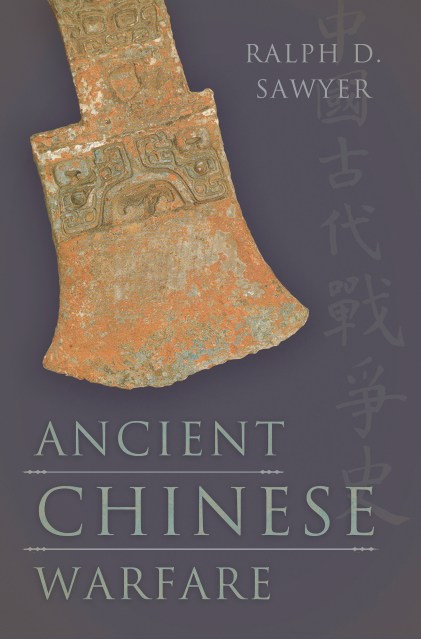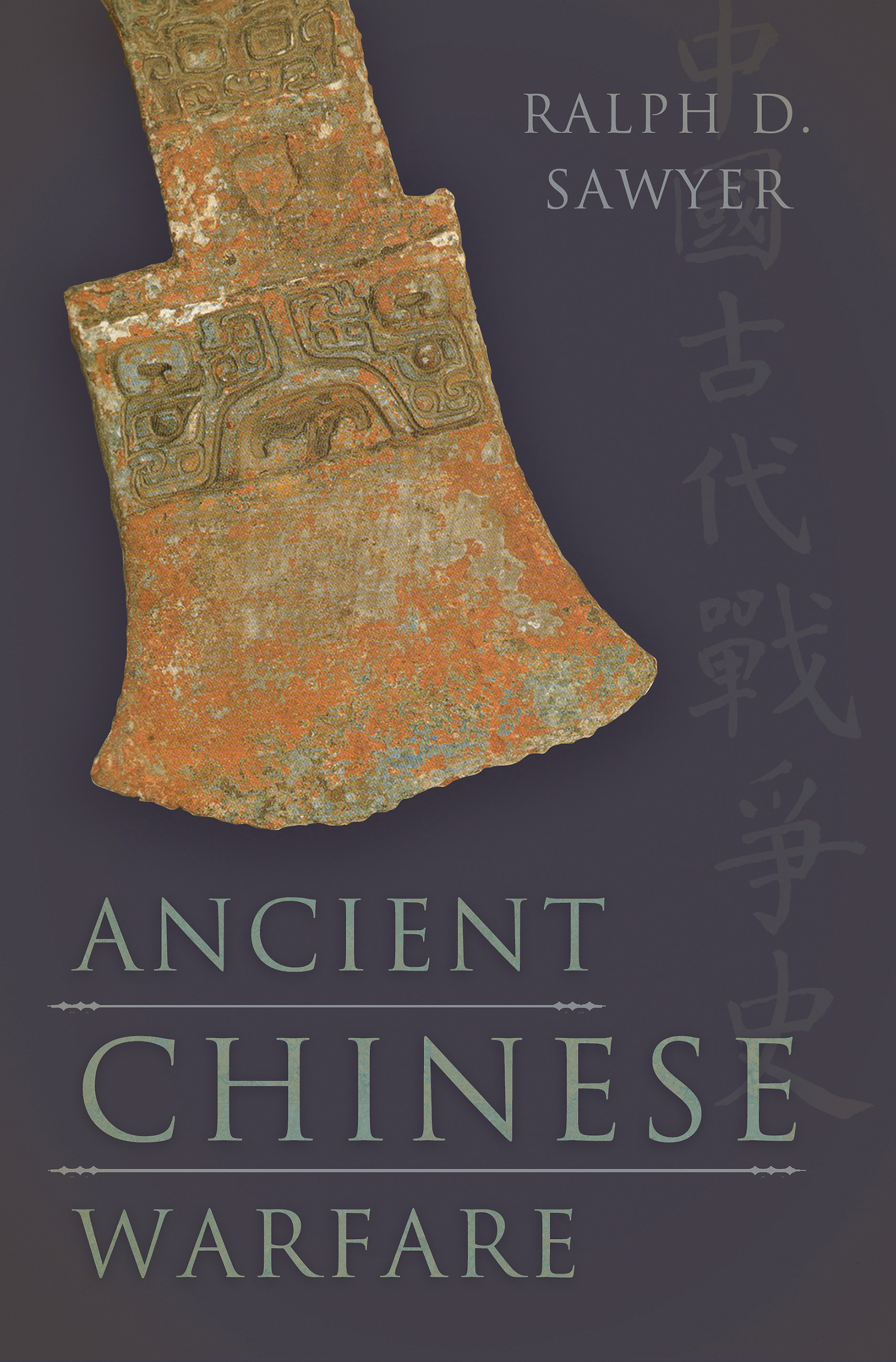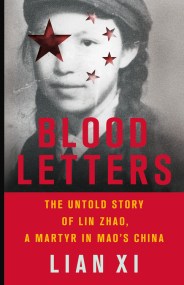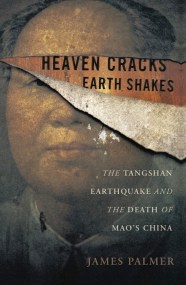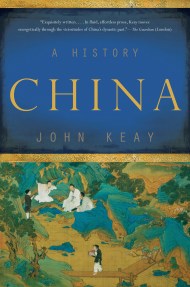Promotion
Use code MOM24 for 20% off site wide + free shipping over $45
Ancient Chinese Warfare
Contributors
Formats and Prices
Price
$47.00Price
$60.00 CADFormat
Format:
- Hardcover $47.00 $60.00 CAD
- ebook $23.99 $30.99 CAD
This item is a preorder. Your payment method will be charged immediately, and the product is expected to ship on or around March 1, 2011. This date is subject to change due to shipping delays beyond our control.
Also available from:
In Ancient Chinese Warfare, a preeminent expert on Chinese military history uses recently recovered documents and archaeological findings to construct a comprehensive guide to the developing technologies, strategies, and logistics of ancient Chinese militarism. The result is a definitive look at the tools and methods that won wars and shaped culture in ancient China.
Genre:
- On Sale
- Mar 1, 2011
- Page Count
- 576 pages
- Publisher
- Basic Books
- ISBN-13
- 9780465021451
Newsletter Signup
By clicking ‘Sign Up,’ I acknowledge that I have read and agree to Hachette Book Group’s Privacy Policy and Terms of Use
